20 pages • 40 minutes read
William Carlos WilliamsApproach of Winter
Fiction | Poem | Adult | Published in 1921A modern alternative to SparkNotes and CliffsNotes, SuperSummary offers high-quality Study Guides with detailed chapter summaries and analysis of major themes, characters, and more.
Symbols & Motifs
The Half-Stripped Trees
If this were a traditional, convention poem with a poet insisting on freighting stuff with meaning, the half-stripped trees would represent nature’s resistance to death, the violence of the change of seasons, and the cycle of seasonal movement. But this is not a traditional, conventional poem and the half stripped trees (no hyphen) are visual not thematic. The poem captures in radical and individually phrased words exactly what is seen (a deliberately passive voice construction as no poet can be implicated), a self-consciously direct fronting of a moment, a mood stripped of emotional intrusion. Nothing, Williams argues, but the thing itself.
Salvias and Carmine
Williams could have lined the poem’s bare garden with any familiar decorative flowers; junipers, lilies, marigolds, lavender, and zinnias are all common and very familiar ornamental flowers that can be used to edge gardens in Williams’s native Northeast. The poem uses salvias and carmine instead, which are not just ornamental flowers for Williams (although they are that) but exotic words, words that interrupt a poem that is otherwise sustained by a roughly middle-school vocabulary level. The choice to use such exotic words reflects a deliberate assault on the poem itself.
Related Titles
By William Carlos Williams

Between Walls
William Carlos Williams

In the American Grain
William Carlos Williams
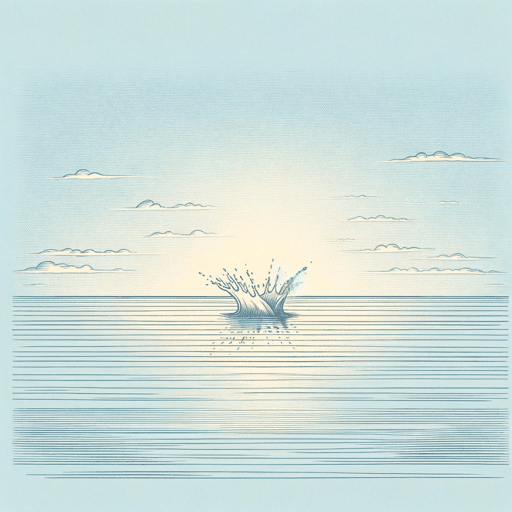
Landscape with the Fall of Icarus
William Carlos Williams
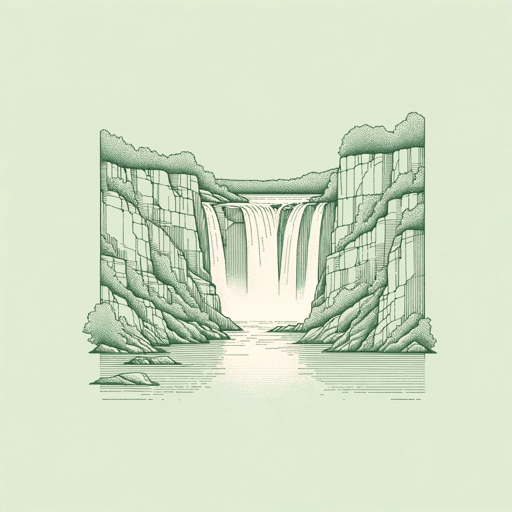
Paterson
William Carlos Williams
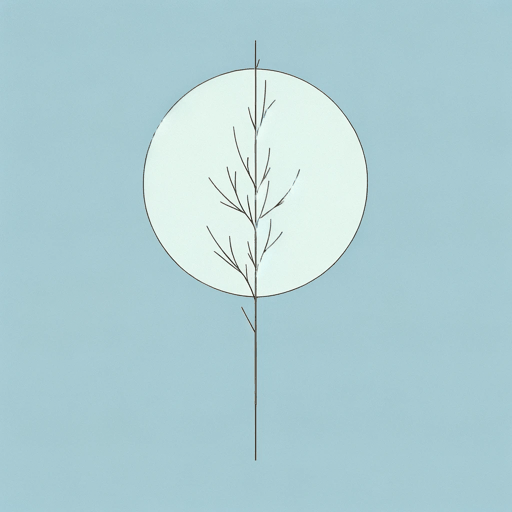
Spring and All
William Carlos Williams
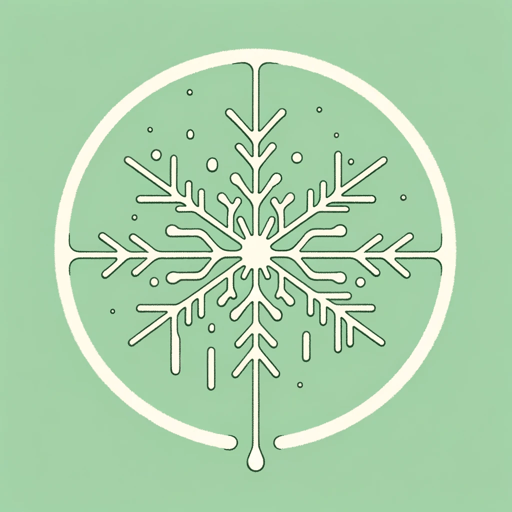
Spring Storm
William Carlos Williams

The Red Wheelbarrow
William Carlos Williams

The Young Housewife
William Carlos Williams
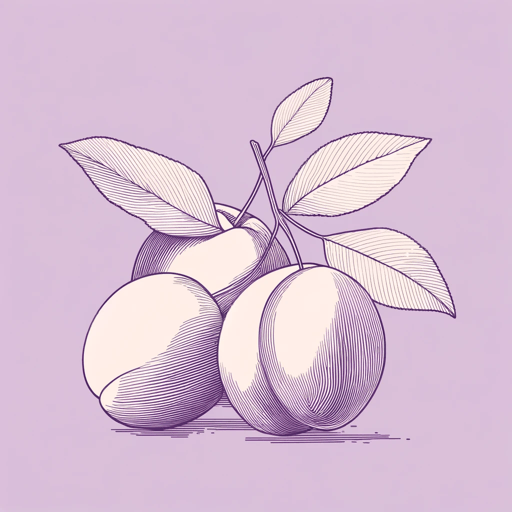
This Is Just to Say
William Carlos Williams
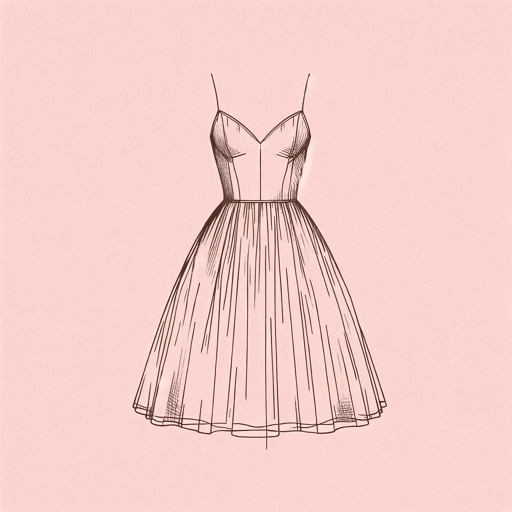
To Elsie
William Carlos Williams
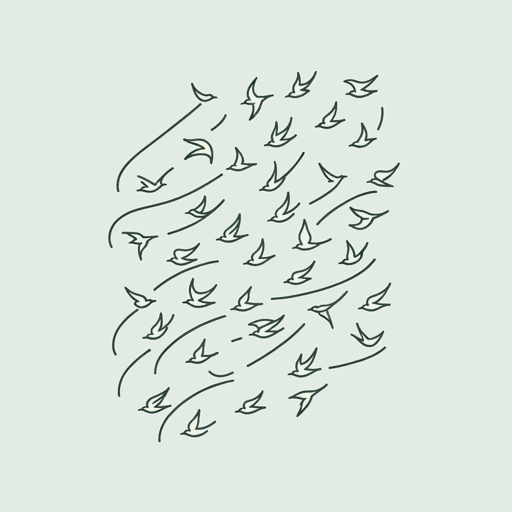
To Waken An Old Lady
William Carlos Williams

